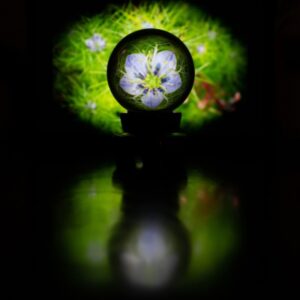
Modern Paperweights: Contemporary Designs and Trends in 2023
The world of paperweights, rooted in centuries-old traditions, is experiencing a renaissance in the contemporary era. As we step into 2023, these once purely utilitarian

In the realm of cherished collectibles, paperweights stand out as both functional and artistic masterpieces. These intricate objects, often passed down through generations or acquired with great care, deserve meticulous attention to ensure they remain in pristine condition.
Over time, dust, fingerprints, and environmental factors can diminish their luster, making regular maintenance essential.
However, cleaning and preserving paperweights isn’t just about keeping them shiny; it’s about safeguarding their intrinsic and sentimental value. The materials, be it glass, crystal, or metal, each have unique properties that require specific care.
Using the wrong cleaning agent or technique can inadvertently damage these treasures. This guide aims to equip enthusiasts with the knowledge and best practices to ensure their paperweights shine brightly, reflecting their inherent beauty and the care of their custodians.
Whether you’re a seasoned collector or someone who’s recently discovered the allure of paperweights, understanding how to properly maintain them is crucial.
Join us as we delve into the world of paperweight preservation, ensuring that these beautiful objects continue to captivate for generations to come.

Know the Materials delves into the nuances of paperweights, differentiating between lead and non-lead glass, exploring coatings like paint, foil, and gilding, and appreciating the intricacies of cameo and etched designs.
Lead glass-like crystal is softer so requires gentler handling. Non-lead glass is often tougher but also prone to clouding without care. Identify material composition to determine vulnerability.
Antique weights and cut crystals are especially delicate. Handle minimally and with great care. Scrutinize modern weights before cleaning to avoid issues. Look for small fractures or cloudiness.
Many antique weights feature painted or metal foil decorations applied under the glass. Avoid wetting surfaces or friction to prevent lifting paint or gold loss. Spot clean very gently if needed.
Even durable coatings can fade, crack or tarnish over decades. Take paint and gilding fragility into consideration when cleaning or moving. Handle decoratively coated weights minimally.
Intricately carved cameo or acid-etched weights require meticulous care not to erase detailed artwork. Use the gentlest cleaning approach only when necessary.
Even non-coated glass can slowly erode from cleaning over time. Weigh needs against risks when caring for hand-carved or etched weights. Prioritize the safety of fragile motifs.
Safest Cleaning Methods provides a comprehensive guide on maintaining paperweights, from gentle dusting and the benefits of a warm water bath to the advantages of professional services, while also highlighting situations where wet cleaning should be cautiously avoided.
For routine maintenance, dust paperweights with a soft camel hair brush. Gently brush across the weight surface, avoiding direct contact with decorations or coatings.
Switch to a feather duster if camel hair is not available. Consistent light dusting reduces dirt buildup needing wet cleaning. Make dusting a weekly habit for displayed weights.
When grime builds up, carefully wash weights in warm water mixed with a small amount of mild pH-neutral soap. Use a soft lint-free cloth, gently wiping to release stuck-on dirt.
Rinse and dry thoroughly with a microfiber cloth. Avoid prolonged soaking or harsh rubbing during washing. Air drying prevents water spots. Check for damage after cleaning.
For special antique or art weights, professional cleaning services may be ideal for thorough cleanings. Experts like Judith Viorst use precise methods to clean without damage.
Costs range from $50-200 depending on dirtiness and intricacy. This ensures prized weights get deep cleanings safely. Let experienced pros handle your most valued paperweights.
Some antique painted or gilded paperweights may be too fragile for any wet washing. An expert collector or appraiser can advise you on safety.
Display these extra delicate weights behind glass to limit dust and only wipe clean them very sparingly with a slightly dampened cloth when absolutely needed.

Storing for Safety emphasizes the importance of preserving paperweights with padded displays, wrapped storage solutions, the necessity of climate control, and the use of sturdy storage materials to ensure longevity and protection from potential damage.
Display paperweights with padding underneath to prevent accidental rolls or falls. Line shelves, tabletops or display cases with non-slip, non-abrasive materials.
Use beanbags, custom holders or specialty stands that cradle weights securely. Avoid overcrowding displays so each can be lifted safely without touching others.
When storing, wrap paperweights individually in soft fabric pouches. Acid-free tissue paper prevents scratching between weights. Clean cotton, linen or microfiber cloths work well.
This protects against jostling and cracking if bags shift. Never let weights knock together when boxed. Separate with padding and tissue paper.
Keep stored paperweights away from direct sunlight, heaters or AC vents. Temperature swings and UV light can damage antiques over time. Stable moderate humidity around 40-50% is ideal.
Consider a curio cabinet, enclosed bookcase or climate-controlled safe for long-term paperweight storage. Monitor for mold or corrosion. Keep weight in climate stability.
Use archival cardboard boxes, packing foam and papers for stored paperweights. Wood, quality plastics or specialized cases also work. Avoid acidic boxes and fillers.
Inspect storage padding to ensure it is clean, dry, and chemically inert. If storing long-term, refresh materials yearly for safety. Handle boxes gently.
While durable, fine paperweights deserve gentle care and cleaning to preserve their beauty. Through proper storage, handling, and occasional professional maintenance, your collection will continue dazzling for generations to come. With a few simple habits, their inner art remains perfectly protected.
By knowing the unique needs of your paperweights based on age, materials, and decoration types, you can make careful choices to ensure their longevity. Pass on knowledge to future caretakers as well, so they can appreciate and safeguard your collection. With attentive care, the magic within your paperweights will endure undimmed.

The world of paperweights is a testament to human artistry and craftsmanship, where each piece, whether a family heirloom or a recent acquisition, holds a special place in the heart of its owner.
As we’ve journeyed through the best practices for cleaning and maintaining these treasures, it becomes evident that the care we provide today ensures their lasting legacy for tomorrow.
Understanding the materials, from the intricacies of lead and non-lead glass to the delicate coatings of paint, foil, and gilding, is foundational. This knowledge not only enhances our appreciation for craftsmanship but also informs our approach to cleaning.
Recognizing the unique properties of cameo and etched designs further underscores the need for specialized care. It’s this deep respect for the material and design that drives our commitment to preservation.
The methods we employ, whether it’s a simple dusting, a gentle warm water bath, or even seeking professional services, are all geared towards one goal: ensuring the longevity and brilliance of our paperweights.
And while the allure of a sparkling paperweight is undeniable, it’s equally crucial to recognize when to avoid certain cleaning methods. Sometimes, the best care is a cautious step back, understanding that the risk of damage outweighs the desire for shine.
Storage, often an overlooked aspect, plays a pivotal role in paperweight preservation. The environments in which we store these pieces can either be sanctuaries of safety or, unfortunately, places of potential harm.
Padded displays, climate-controlled rooms, and sturdy storage materials are not just recommendations; they are investments in the future of our collections. By creating a safe haven for our paperweights, we minimize the risks of accidental damage, environmental degradation, and the wear and tear of time.
But beyond the technicalities of cleaning and storage lies a deeper truth. Our paperweights are more than just objects; they are stories, memories, and symbols of moments in time.
The care we provide is a reflection of our appreciation for these stories. Every time we clean or safely store a paperweight, we’re not just preserving an object; we’re honoring its history and ensuring its place in the future.
For many, the journey into the world of paperweights begins with a single piece, perhaps a gift or a serendipitous find. But as collections grow, so does our responsibility.
It’s a responsibility not just to the objects but to the artists, the previous owners, and ourselves. By adopting best practices in cleaning and maintenance, we become custodians of art and history, ensuring that future generations can experience the same wonder and joy that we do today.
In closing, let your paperweights shine on, not just with the brilliance of their material but with the glow of care, respect, and love. Embrace the role of a custodian, understanding that the legacy of well-maintained paperweights is one of beauty, history, and enduring allure.
As you look upon your collection, know that each piece, with its shimmer and shine, is a testament to the past, a joy in the present, and a promise for the future.


The world of paperweights, rooted in centuries-old traditions, is experiencing a renaissance in the contemporary era. As we step into 2023, these once purely utilitarian
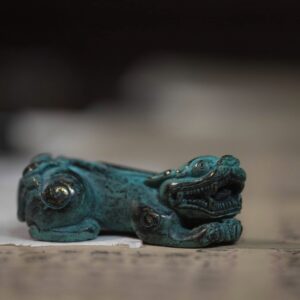
Embarking on the journey of collecting paperweights is akin to entering a world filled with history, artistry, and a touch of magic. These seemingly simple
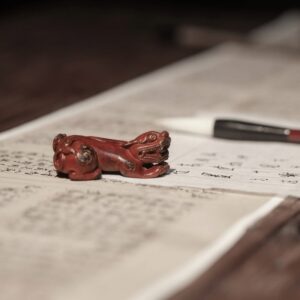
The world of paperweights is as diverse as it is enchanting, with each piece bearing the mark of a craftsman’s touch and vision. But beyond
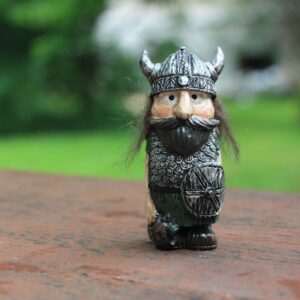
At first glance, a paperweight might seem like a straightforward object—its primary function being to hold down papers. However, a closer look reveals a world

The world of paperweights, rooted in centuries-old traditions, is experiencing a renaissance in the contemporary era. As we step into 2023, these once purely utilitarian
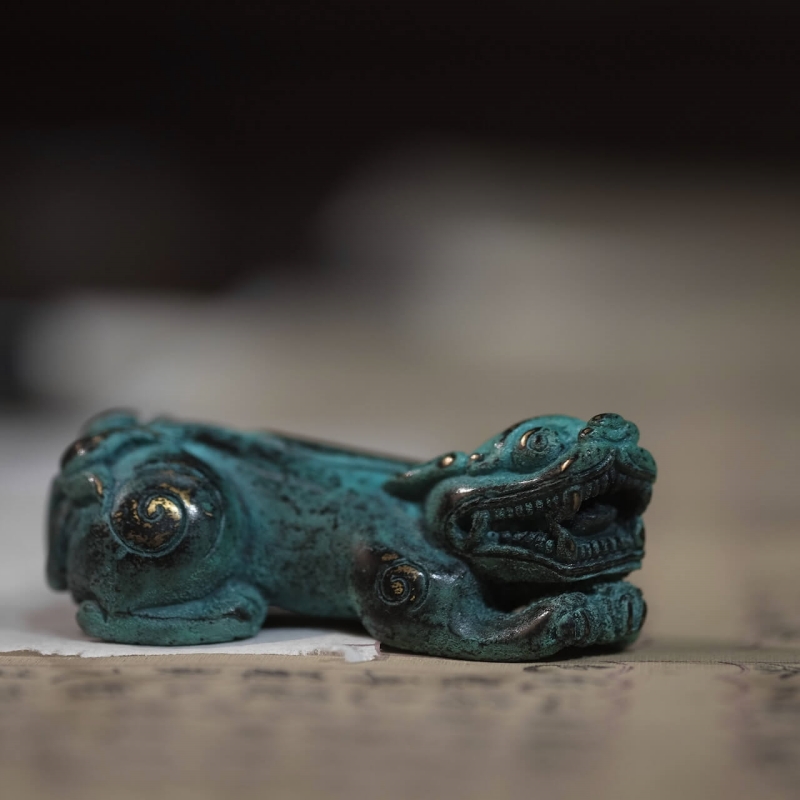
Embarking on the journey of collecting paperweights is akin to entering a world filled with history, artistry, and a touch of magic. These seemingly simple
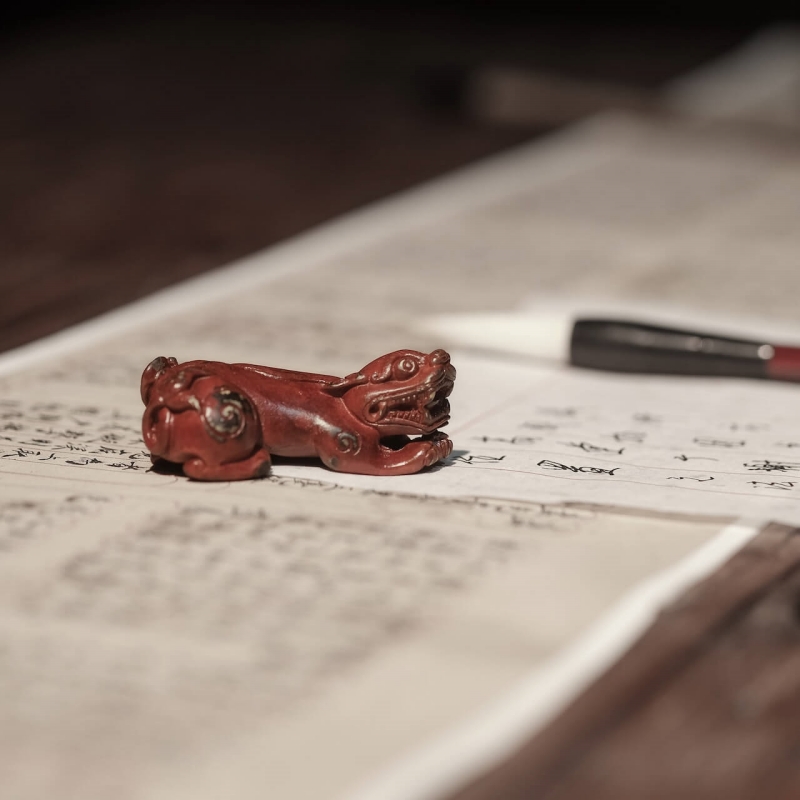
The world of paperweights is as diverse as it is enchanting, with each piece bearing the mark of a craftsman’s touch and vision. But beyond
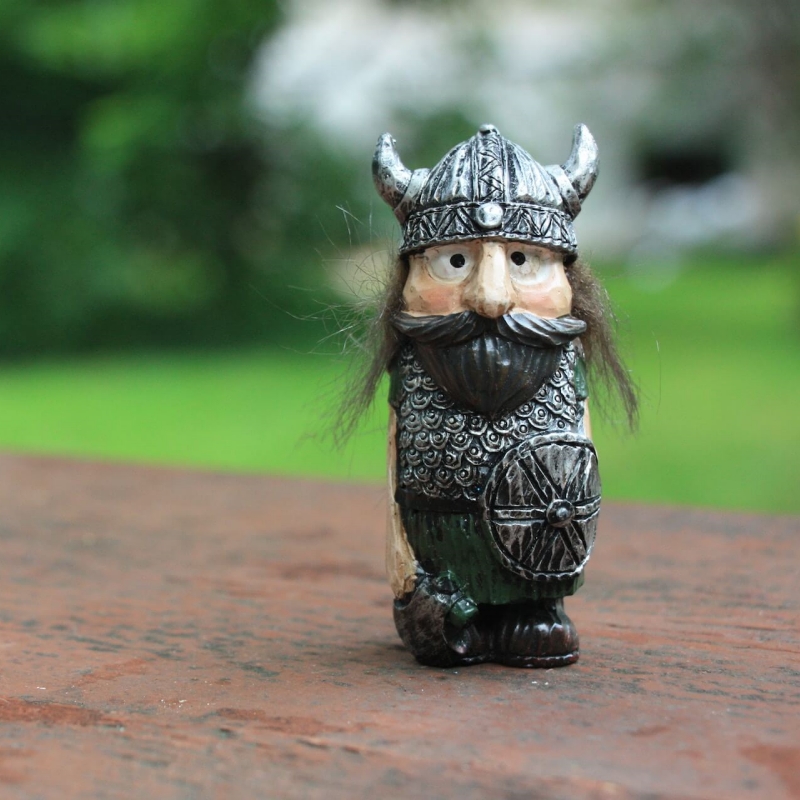
At first glance, a paperweight might seem like a straightforward object—its primary function being to hold down papers. However, a closer look reveals a world
Copyright © 2024 crystalcalmpaperweights. All Rights Reserved.